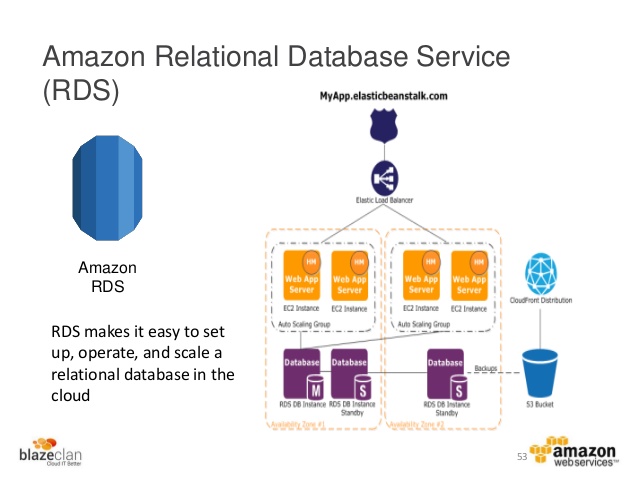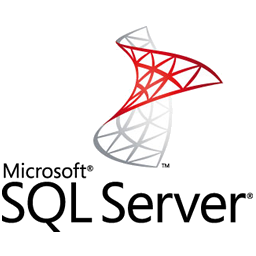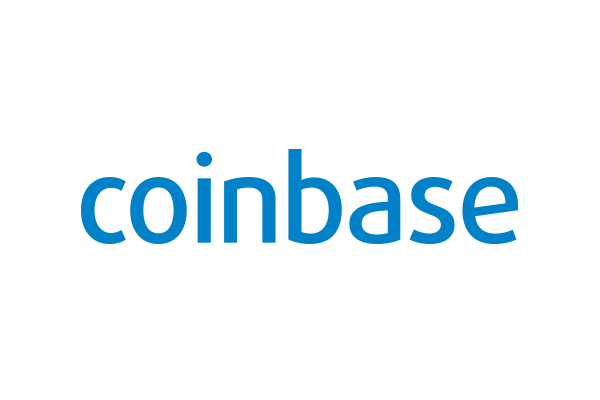
Categories
Problems that solves
Low bandwidth data channels
High costs
Total high cost of ownership of IT infrastructure (TCO)
Values
Ensure Compliance
Reduce Costs
Ensure Security and Business Continuity
Amazon Relational Database Service (RDS)
Amazon Relational Database Service (RDS) is a managed relational database service with a choice of six popular database engines. Set up, operate, and scale a relational database in the cloud with just a few clicks.
About Product
Description
Amazon Relational Database Service (Amazon RDS) makes it easy to set up, operate, and scale a relational database in the cloud. It provides cost-efficient and resizable capacity while automating time-consuming administration tasks such as hardware provisioning, database setup, patching and backups. It frees you to focus on your applications so you can give them the fast performance, high availability, security and compatibility they need.
Amazon RDS is available on several database instance types - optimized for memory, performance or I/O - and provides you with six familiar database engines to choose from, including Amazon Aurora, PostgreSQL, MySQL, MariaDB, Oracle, and Microsoft SQL Server. You can use the AWS Database Migration Service to easily migrate or replicate your existing databases to Amazon RDS.
Easy to Administer
Amazon RDS makes it easy to go from project conception to deployment. Use the AWS Management Console, the AWS RDS Command-Line Interface, or simple API calls to access the capabilities of a production-ready relational database in minutes. No need for infrastructure provisioning, and no need for installing and maintaining database software.
Highly Scalable
You can scale your database's compute and storage resources with only a few mouse clicks or an API call, often with no downtime. Many Amazon RDS engine types allow you to launch one or more Read Replicas to offload read traffic from your primary database instance.
Available and Durable
Amazon RDS runs on the same highly reliable infrastructure used by other Amazon Web Services. When you provision a Multi-AZ DB Instance, Amazon RDS synchronously replicates the data to a standby instance in a different Availability Zone (AZ). Amazon RDS has many other features that enhance reliability for critical production databases, including automated backups, database snapshots, and automatic host replacement.
Fast
Amazon RDS supports the most demanding database applications. You can choose between two SSD-backed storage options: one optimized for high-performance OLTP applications, and the other for cost-effective general-purpose use. In addition, Amazon Aurora provides performance on par with commercial databases at 1/10th the cost.
Secure
Amazon RDS makes it easy to control network access to your database. Amazon RDS also lets you run your database instances in Amazon Virtual Private Cloud (Amazon VPC), which enables you to isolate your database instances and to connect to your existing IT infrastructure through an industry-standard encrypted IPsec VPN. Many Amazon RDS engine types offer encryption at rest and encryption in transit.
Inexpensive
You pay very low rates and only for the resources you actually consume. In addition, you benefit from the option of On-Demand pricing with no up-front or long-term commitments, or even lower hourly rates via our Reserved Instance pricing.
Scheme of work

Competitive products
Deployments with this product
User features
Roles of Interested Employees
Chief Information Officer
Chief Technical Officer
Chief Executive Officer
Organizational Features
Internet access is available for employees
GDPR Compliance






